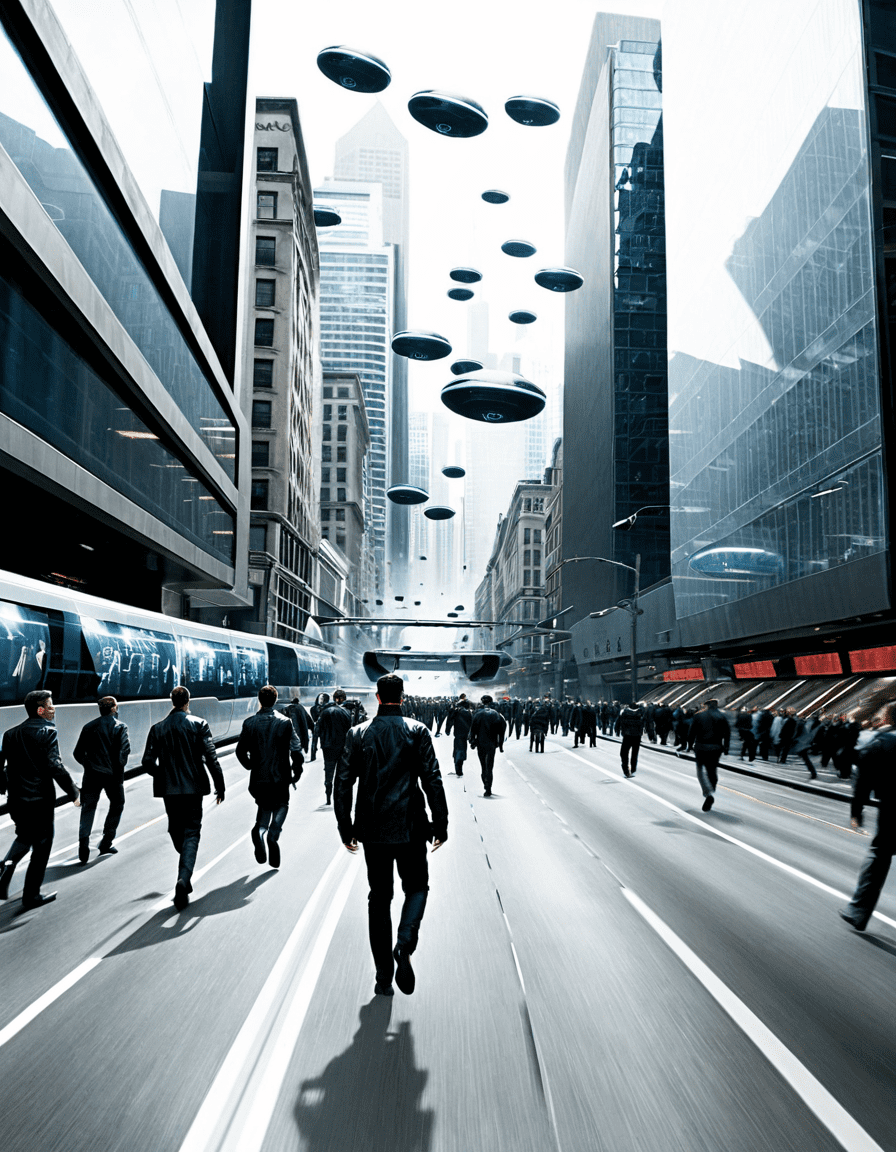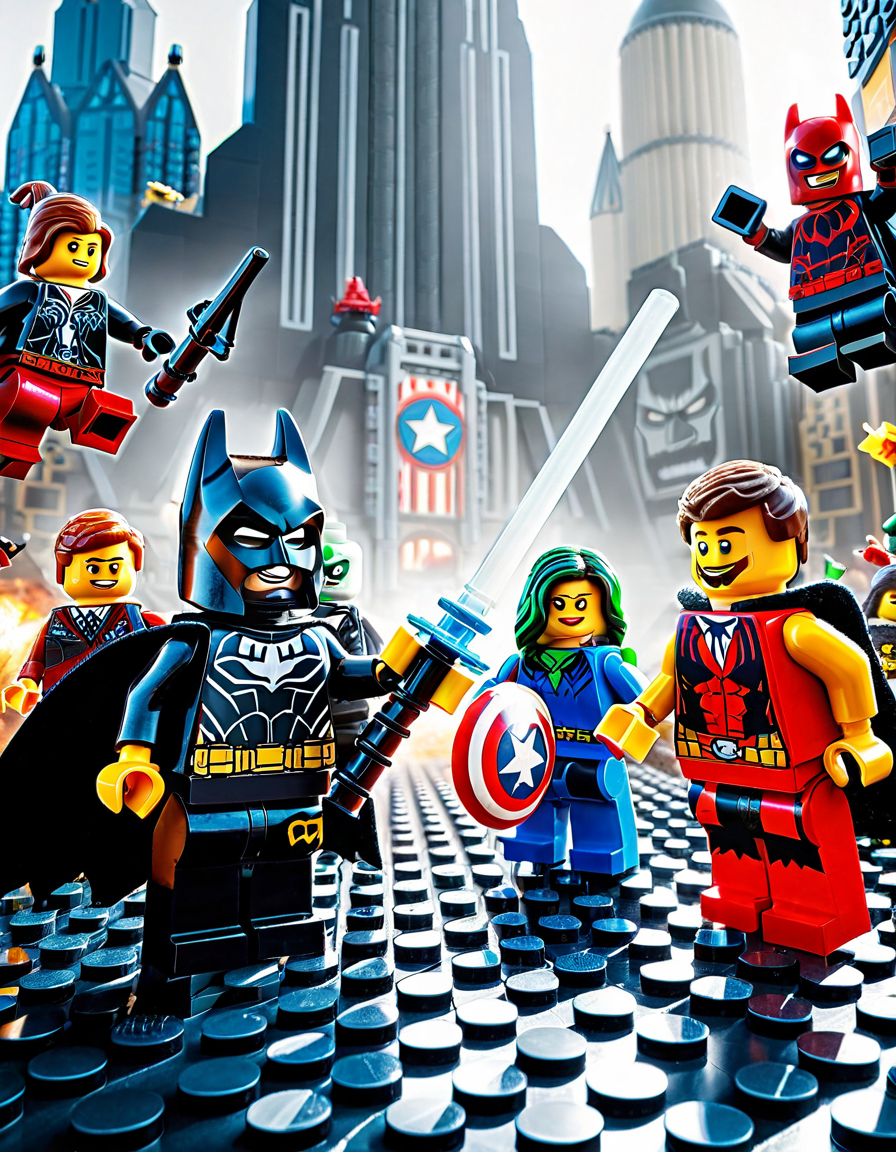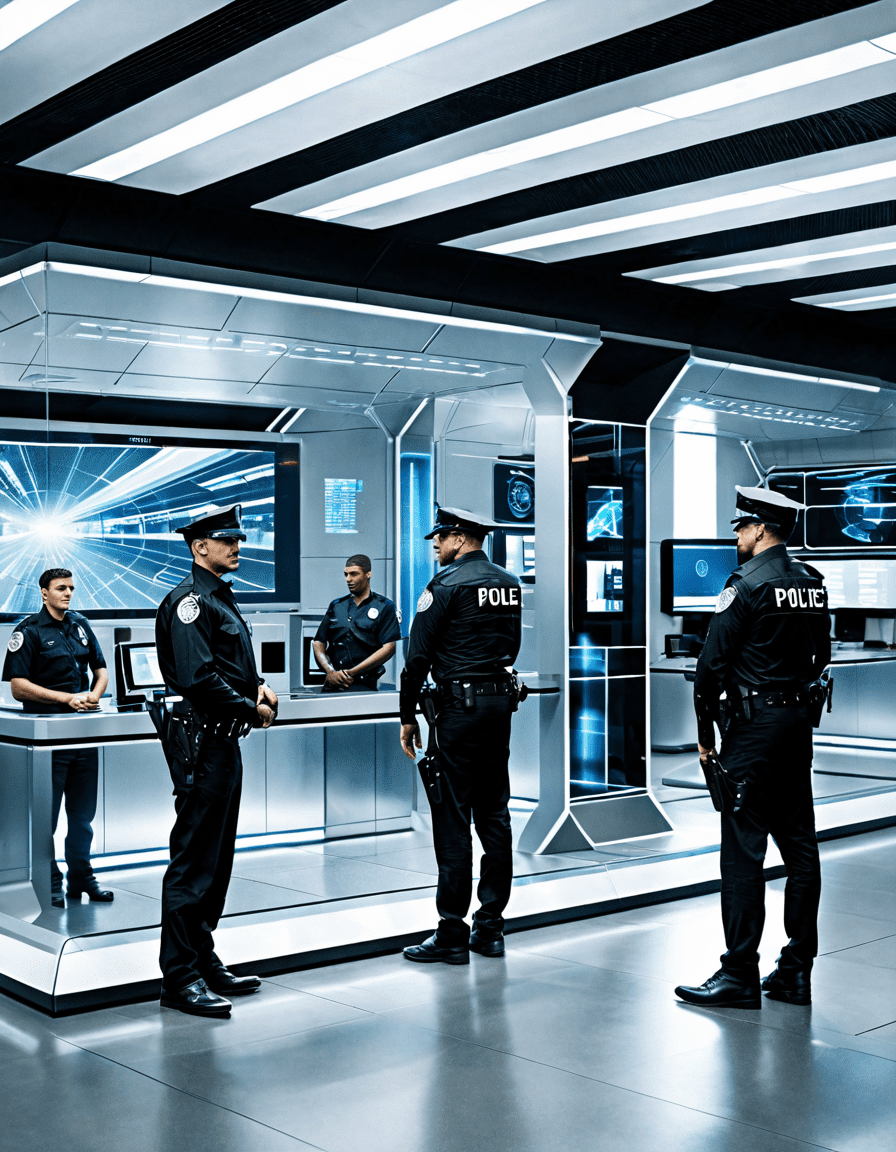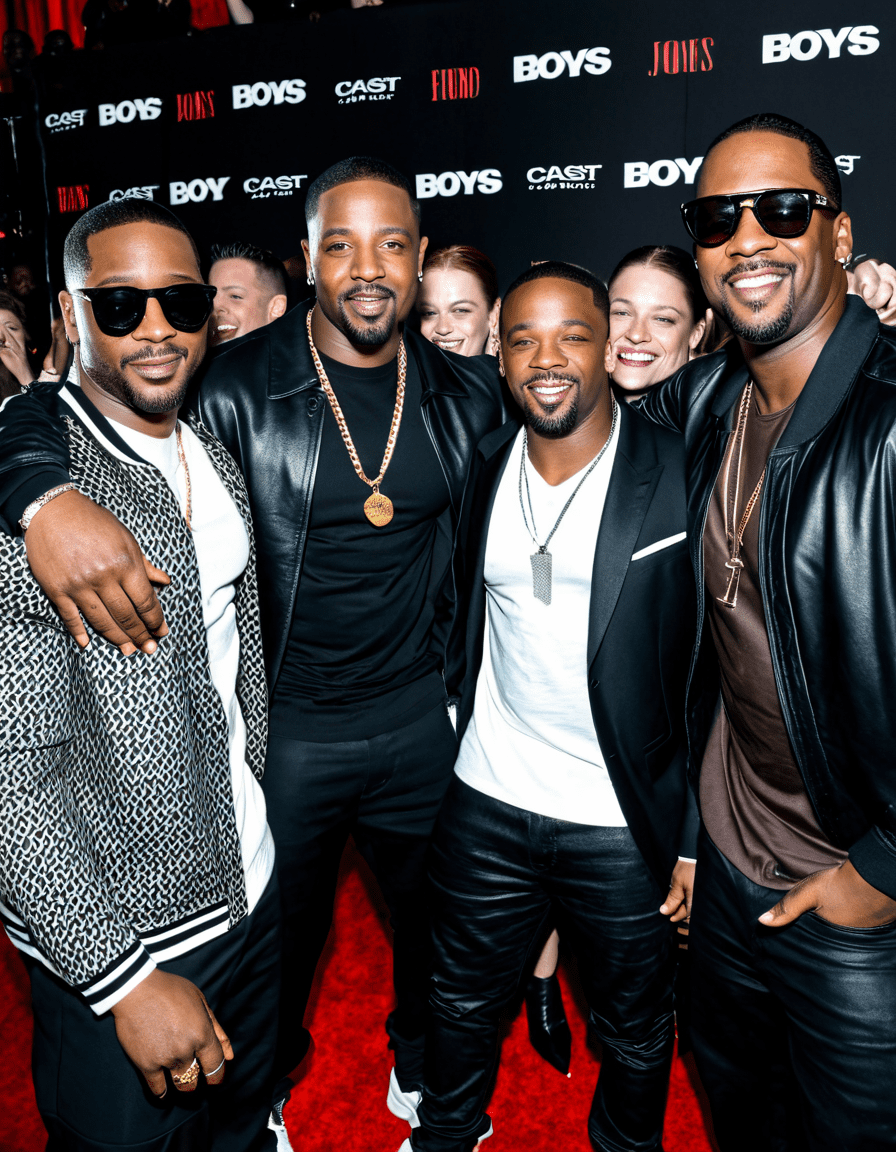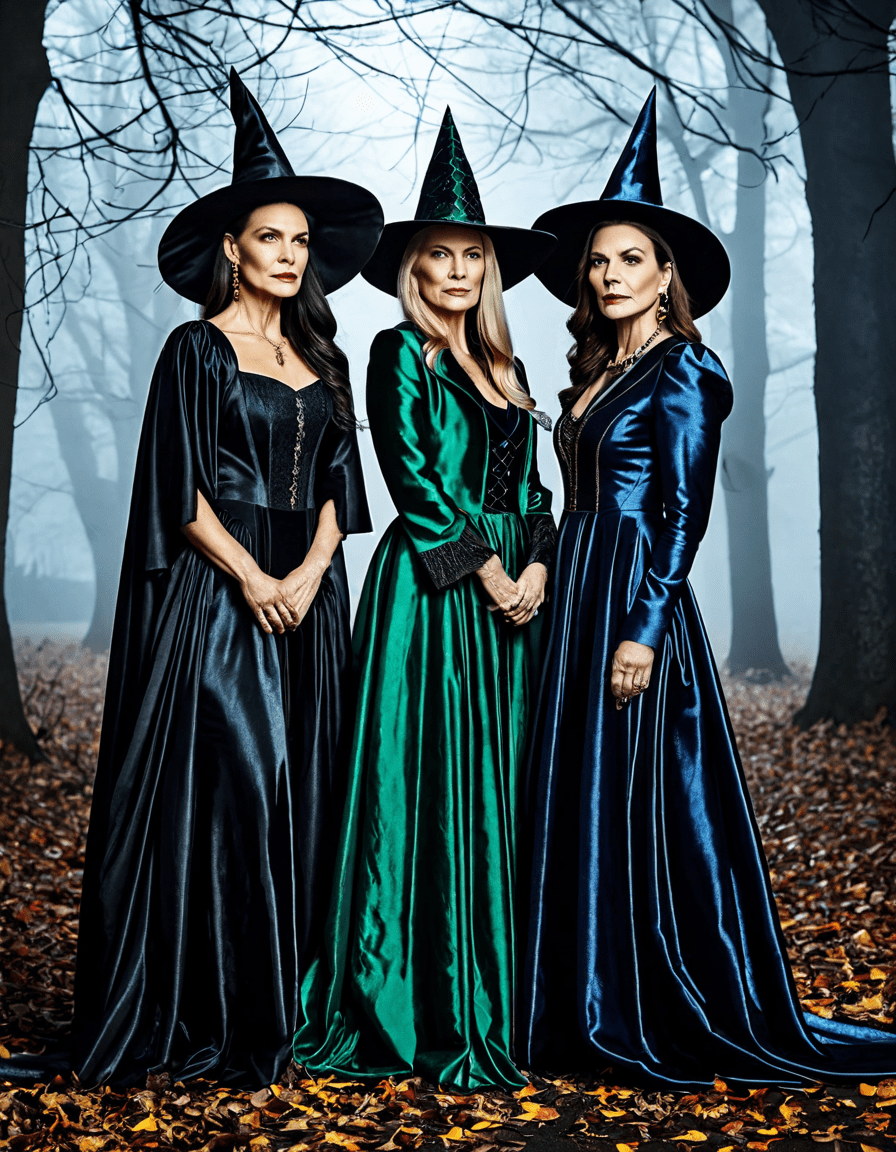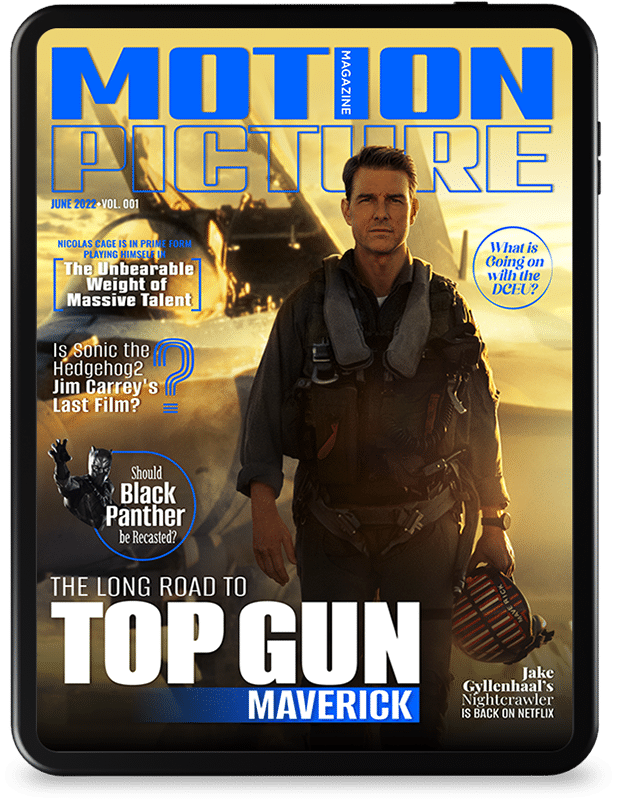Released in 2002, Minority Report, directed by the iconic Steven Spielberg, took us on a wild ride through a future grappling with the ethics of predictive policing and the complexities of free will. Drawing from Philip K. Dick’s short story, this sci-fi thriller isn’t just a staple of cinematic history; it’s a prescient look at where technology could take us. With its blend of action, profound philosophical questions, and jaw-dropping visuals, it’s no wonder Minority Report continues to resonate with audiences and innovators alike. So, buckle up as we delve into the daring innovations the film introduced, its influence on modern storytelling, and the brilliant minds behind its visionary elements.
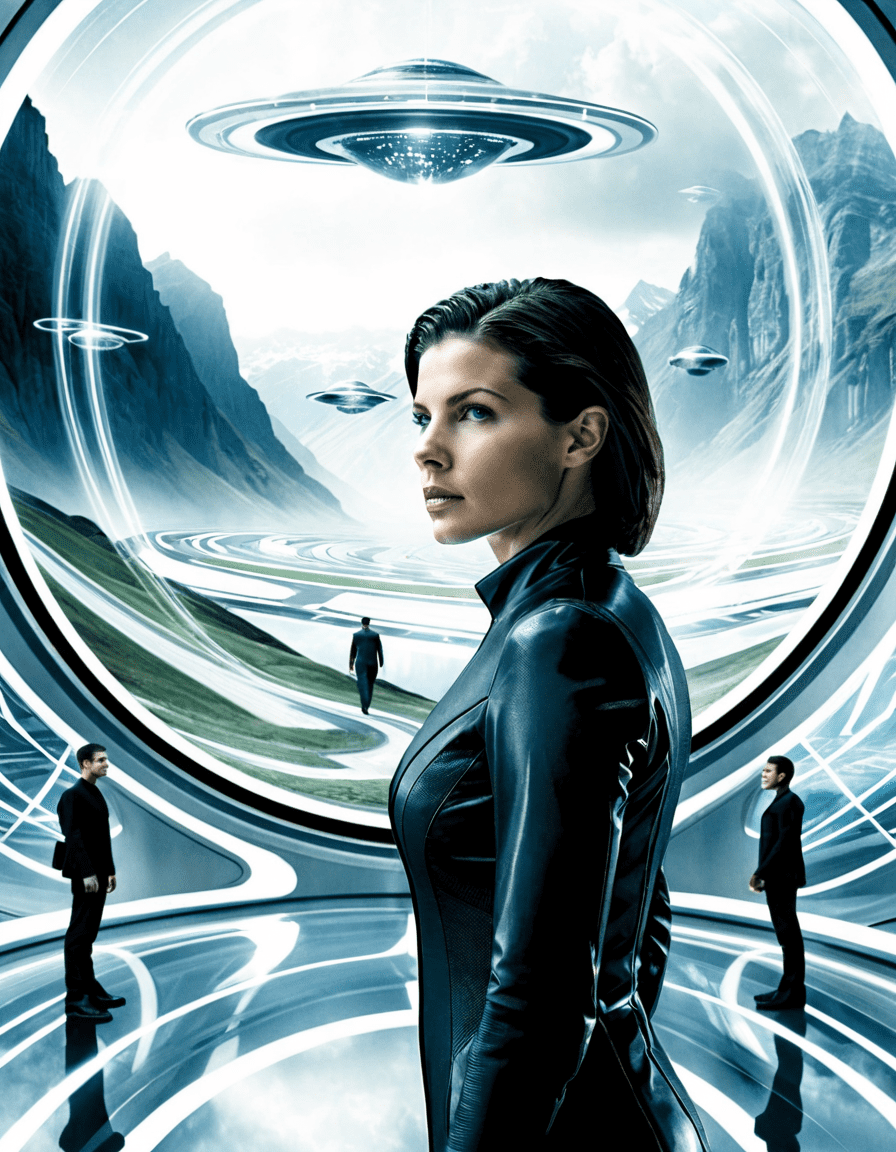
1. Top 5 Innovations in Minority Report That Predicted Today’s Technology
Minority Report sent shockwaves through both the film industry and the tech world. Its concepts were not just fantastical musings but blueprints that have inspired real-world innovations. Here are five groundbreaking ideas from the film that are either on the verge of becoming mainstream or are already making waves in our everyday lives.
1. Preemptive Policing Techniques
The film’s central idea of arresting individuals before they commit a crime feels alarmingly close to some modern policing strategies. Nowadays, tech like the PredPol algorithm helps law enforcement predict crime hotspots based on historical data. It’s fascinating—if not a tad spooky—how we’ve taken cues from Minority Report in our own attempts to predict crime.
2. Gesture-Based Interfaces
In the futuristic world Spielberg crafted, characters manipulate data with mere hand gestures. Believe it or not, this isn’t just a sci-fi fantasy. Companies like Microsoft and Apple are pushing the envelope with gesture recognition technologies. Just look at Microsoft’s Kinect or Apple’s new Vision Pro. They show us that our interactions with tech are moving towards a touchless future—much like the Minority Report vision of tomorrow.
3. Personalized Advertising
Remember when Tom Cruise’s character was bombarded with ads that knew him by name? At the time, it felt like pure sci-fi. Fast forward to today, and personalized marketing isn’t just a wild concept but a reality thanks to AI and data analytics. Brands like Amazon and Netflix have mastered the art of predicting our preferences, making us feel seen—even if it’s just for the sake of selling.
4. Autonomous Vehicles
Who doesn’t dream of a world where cars drive themselves? Minority Report made that idea captivating, and now, companies like Waymo and Tesla are racing to make it a reality. Self-driving tech is not just a fantasy; it’s becoming part of our roads today, mirroring the film’s seamless highway scenes.
5. Surveillance Systems
Last but not least, Minority Report depicted a society under constant watch, and here we are in 2026, living in a world where smart cities and facial recognition technology are increasing their grip on our daily lives. Cities like San Francisco use surveillance in ways that echo the invasive oversight portrayed in the film, making us wonder where our privacy went.
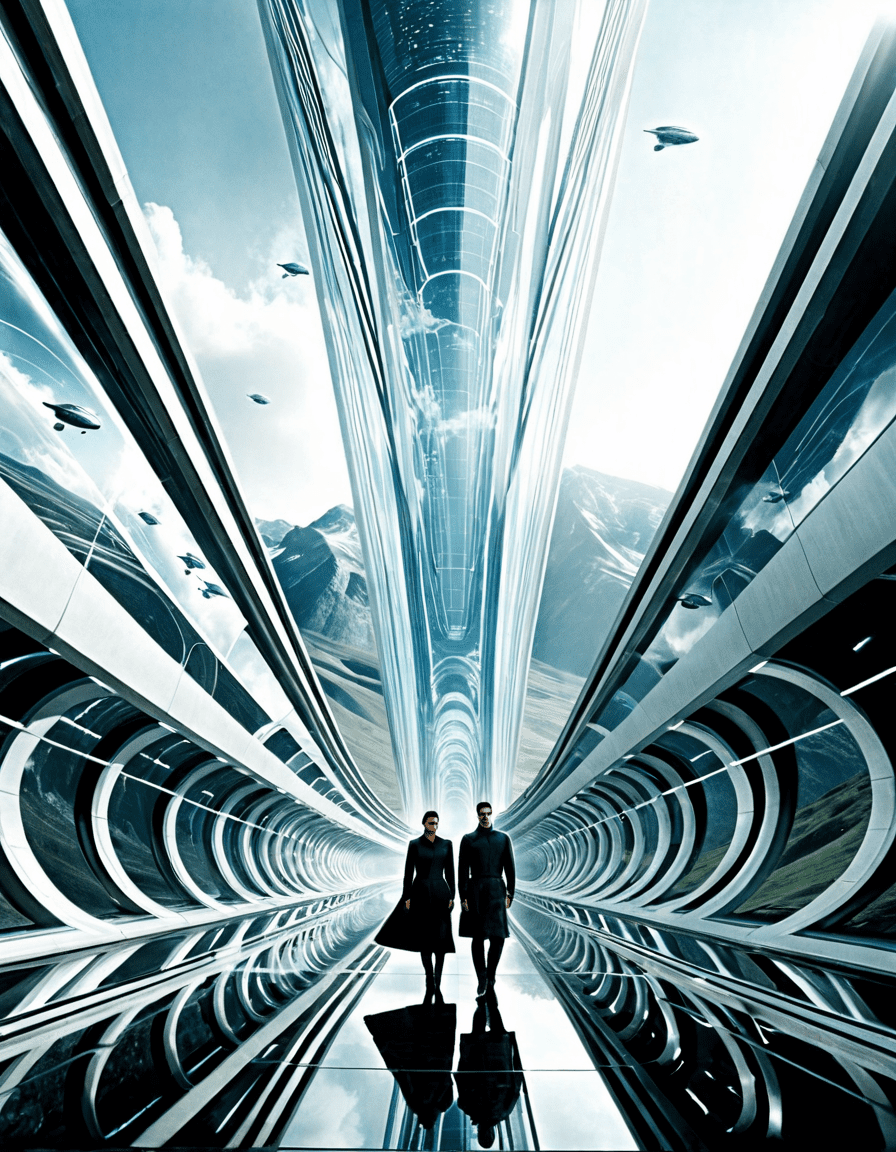
2. How Minority Report Influenced Modern Storytelling: A Look at Team USA and Open Season
The impact of Minority Report extends beyond its dazzling technology. Its complex themes of predestination versus free will have seeped into a variety of modern narratives. Films, documentaries, and series are now more alive with philosophical questions, just as Minority Report did nearly two decades ago.
Exploration of Free Will in Sports Narratives
Take the Team USA documentaries, for instance. They chronicle the journeys of athletes battling societal expectations, much like how the precogs grapple with their powers in Minority Report. These narratives create a compelling dialogue around destiny and the pursuit of greatness, constantly oscillating between hard work and fate.
Environmental Themes in Animated Features
Then we have animation, with Open Season championing ecological concerns. This family-friendly flick provokes conversation about individual freedoms and collective responsibility, echoing the moral dilemmas thrown at us in Minority Report. Both narratives compel us to consider how our choices reflect our relationships with the world around us.
3. The Skeleton Crew Behind Minority Report’s Visionary Elements
It’s easy to marvel at the finished product of Minority Report, but behind those futuristic visuals is an extraordinary team of creative minds. Their hard work and innovative thinking helped craft a film that continues to captivates audiences today.
Conceptual Artist Syd Mead
Syd Mead is a name synonymous with visionary art. His stunning designs brought the world of Minority Report to life in a way that felt both fantastical and attainable. He laid the groundwork for how audiences envision future technologies and urban landscapes, influencing a generation of filmmakers and designers alike.
Visual Effects Supervisor Rob Legato
Next up is Rob Legato, whose prowess in visual effects connected CGI with realistic touches. His work melded practicality with the extraordinary, crafting sequences that seamlessly transport viewers into another realm. This expertise shaped future films, paving the way for the likes of Avatar and even Point Break.
Screenwriter Scott Frank
Scott Frank, the screenwriter, played a pivotal role in translating Philip K. Dick’s intricacies into a compelling screenplay. His ability to retain the original story’s depth while weaving a captivating narrative truly makes Minority Report a noteworthy piece of cinema. Frank’s talent shines as he tackles themes of choice and fate, ensuring these questions linger long after the credits roll.
4. Rethinking Destiny: The Final Destination Series and Minority Report’s Philosophical Dilemmas
While Minority Report grapples with the weighty question of fate, the Final Destination series offers a perilous take on escaping death. Both franchises dig deep into human consciousness, challenging our perceptions about control and the consequences of our choices.
The Illusion of Control
In both Minority Report and Final Destination, characters confront the illusion that they can reshape their fates. The former wrestles with the morality of preventing crimes while the latter illustrates how escaping destiny can lead to tragic outcomes. These narratives provoke deep reflections on whether we truly hold the reins of our lives or exist under the sway of invisible forces.
Consequences of Predictive Choices
Minority Report also dares us to consider the implications of its predictive logic—an ethically complex landscape that could lead to preemptive punishment. In contrast, Final Destination illustrates the havoc that can ensue when humanity openly challenges fate. Both franchises pull us through a kaleidoscope of decision-making, each highlighting the moral ambiguities inherent in our choices.
5. Running Point: Lessons from Minority Report for Today’s Innovators
Looking back on the richness of Minority Report, it’s clear that innovators can glean countless lessons about storytelling in technology. The film propels us to question not just how we design technology but why we do it.
Ethical Considerations
Minority Report begs us to weigh the ethical ramifications of technological advances. As we develop sophisticated tools and algorithms, we should pause to consider our societal obligations. The film reminds us that with great power comes great responsibility, urging innovators to ground their projects in humanity.
Collaboration and Vision
Moreover, the theme of collaboration stands out as a poignant lesson. The breathtaking world of Minority Report wasn’t created in isolation but through the combined efforts of talented minds. By fostering creativity and teamwork, today’s innovators can craft inclusive technologies that reflect diverse perspectives.
A Call to Balance
Finally, as we engineer the future, it’s vital to strike a balance between progress and ethics. While the thrill of innovation is enticing, we should remain vigilant about the possible consequences of our actions. Just like the characters in Minority Report, we must navigate the fine line between freedom and fate, ensuring our technological pursuits elevate and empower humanity.
In the grand tapestry of cinema, Minority Report stands as a compelling landmark that marries groundbreaking technology with deep philosophical questions. Its daring and cautionary tale has carved its place in the annals of film history, inspiring not just filmmakers and storytellers but innovators and dreamers across the globe. As we look to the future, let Minority Report be our guide, urging us to consider not merely what is possible but what is truly responsible.
So, whether you’re debating the wiles of fate or simply lounging in your favorite hello kitty Slippers, remember that the future is laid before us. Let’s tread wisely!
Minority Report: Secrets Behind Its Daring Futuristic Vision
The Minds Behind the Madness
Did you know that Minority Report is based on a story by the legendary Philip K. Dick? His knack for blending reality with the surreal has inspired a slew of iconic films, much like the horror twist we see in American Horror story season 7. The film’s visionary director, Steven Spielberg, collaborated with a team that included legendary names from The Eagles music group, which helped shape the movie’s eclectic vibe. The use of groundbreaking visual effects painted a vivid picture of a near-future society, which many movie buffs argue set the stage for films like Wild Cards, where narrative depth meets stylistic flair.
Daring Deductions and Predictions
One of the fascinating aspects of Minority Report is how it speculates the future’s technology. From gesture-based computer systems to personalized advertising, it seems that Spielberg and his crew must’ve had a numerology calculator on hand to predict these trends! Interestingly, this tech-driven narrative echoes design concepts seen in modern media, much like The Munsters, where family dynamics and societal norms are cleverly critiqued through an exaggerated lens. It raises questions about how much our past shapes our present and future.
Casting Choices and Creative Sparks
When it comes to casting, the film’s lead, Tom Cruise, was a perfect fit, embodying the troubled detective with remarkable depth. Did you know the Mad Men cast initially considered various actors for supporting roles, paving the way for some standout performances? The intertwining stories of characters, much like the real-life saga of Selena And Yolanda, add emotional heft, making us ponder the human struggles that echo through even the most sophisticated tech scenarios. All these factors combine to make Minority Report not just a visual marvel but a cultural touchstone that prompts ongoing conversations about morality and free will.
